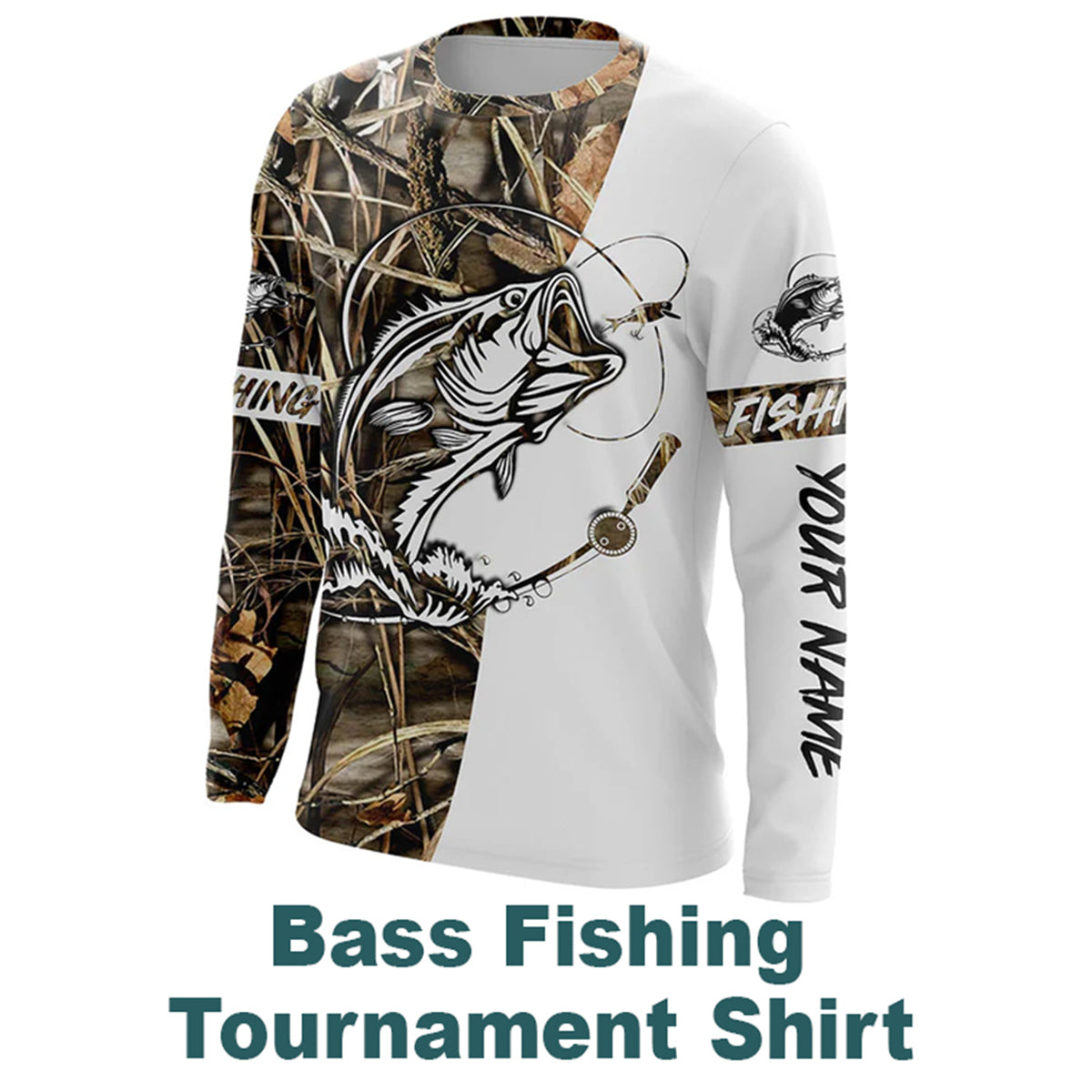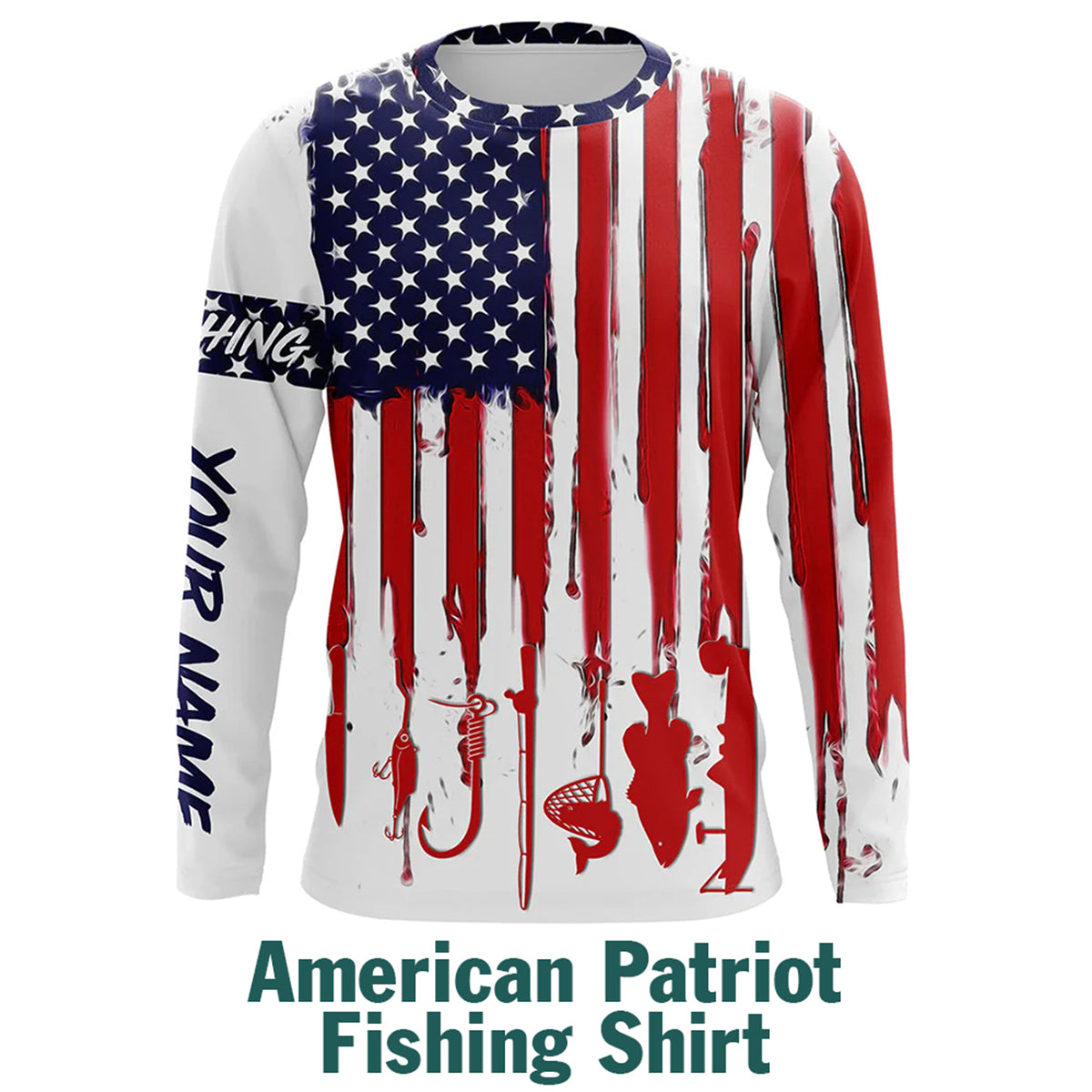Easy Saltwater Fishing Tips for Beginners - Start Your Ocean Adventure!
Have you ever heard the saying, "The ocean is so mysterious that it hides its secrets well"? Well, this rings especially true for saltwater fishing – a super exciting adventure that's as unpredictable as the sea itself. Just imagine throwing your line into the big blue, not having a clue about the awesome species that might show up at the other end. This guide is your first step into the vast and exciting world of saltwater fishing. Whether you're dreaming of reeling in a massive marlin or simply enjoying a peaceful day by the shore, we've got you covered. You'll learn everything from selecting the right gear to finding the perfect fishing spot. Saltwater fishing is not just a hobby; it's a way to connect with nature, challenge yourself, and experience the joy of the catch. Let's dive into the world of saltwater fishing and discover what makes it so uniquely captivating.

Understanding Saltwater Fishing
Saltwater vs. Freshwater Fishing: Now, the main difference between saltwater and freshwater fishing is where you do it. Saltwater fish are usually bigger and stronger, so you'll need stronger gear and a bit more patience. And here's the thing – the salt in the water can be a bit mean to your gear, so you have to take extra care to stop it from getting rusty. It's like making sure your fishing stuff stays in tip-top shape.
Types of Saltwater Fishing: If you're just starting, there are lots of ways to get into saltwater fishing. You can do shore fishing, which is easy and not too expensive – just fish from the beach. Or, if you're feeling adventurous but don't have a boat, you can try pier fishing. That's like fishing from a special platform over the water – it's a bit like being on a boat without actually being on one! And for the real thrill-seekers, there's deep-sea fishing. But that's a bit more intense – you'll need a special boat and some extra skills. It's like going on a fishing adventure in the deep, deep ocean.
Species of Fish: when it comes to the fish you want to catch, beginners usually aim for flounder, mackerel, and bass. Each type of fish likes different things, so you need to be a bit of a fish detective. You have to figure out what they like to eat and how they like to be caught. It's like a puzzle, but with fish!
Safety Considerations: Before you head out on your fishing trip, it's super important to be safe. Always check the weather to make sure you won't get caught in a surprise storm. If you're on a boat, wear a life jacket – it's like a superhero cape but for the water. And keep an eye on the tides (that's when the water goes up and down) and currents – they can be a bit tricky, so you want to be smart and stay safe.
Saltwater Fishing Gear Overview
Alright, let's talk about the tools of the trade – the stuff you need for your saltwater fishing journey. First, you'll need a saltwater fishing rod and reel. These are like your superhero weapons, helping you cast your line and reel in those big fish. Unlike freshwater gear, you'll need a tougher line because saltwater fish mean business. And don't forget about the bait – that's the snack you offer to the fish. Hooks and sinkers are like the secret agents that help you catch them. Your saltwater gear is specially built to handle the salty sea and the muscle of those larger fish. It's like having a suit of armor for your fishing adventure.
Choosing the Right Equipment: Picking the right gear is like choosing the perfect tool for the job. If you're doing shore or pier fishing, go for a longer, heavier rod – it's like having a fishing wand with extra power. But if you're into deep-sea fishing, that's a whole different game. You'll need special gear designed for the deep waters and the big fish that hang out there. It's like having the right key to unlock the secrets of the deep sea.
Budget-Friendly Tips: Now, you don't need to break the bank to get started. Start with the basics – simple gear that does the job. Combo sets, where you get a rod and reel together, are often friendlier to your wallet. And here's a cool trick – check out second-hand gear. It's like getting a treasure from someone else's fishing adventures. Just make sure to inspect it for any sneaky corrosion or damage. You want your gear to be in top-notch condition, like a trusty sidekick on your fishing quest.
Maintenance Tips: Taking care of your gear is super important. After each fishing escapade, give your gear a good rinse with fresh water. Imagine it's a refreshing shower for your fishing tools. Check for any battle scars – any damage or signs of wear and tear. And when the fishing day is over, find a nice, dry spot to store your gear. It's like tucking your gear into a cozy bed, ready for the next adventure.
Basic Fishing Techniques and Strategies For Beginners

Casting Techniques: Let's start with the basics of casting – the art of sending your bait out into the deep blue. The overhead cast is your go-to move. Stand with feet shoulder-width apart, grip the rod with your dominant hand, and support it with the other. Swing the rod backward and then forward, releasing the line at eye level. Ideal in windy conditions or when space is limited. Stand sideways to your target, and with both hands on the rod, swing it horizontally and release the line at waist level. It's a bit trickier but effective once mastered.
Example: Imagine you're trying to hit a floating buoy 20 yards away. For an overhead cast, you'd aim above the buoy and release the line when your rod points directly at your target in the arc of your cast. In contrast, with a side cast, you'd swing the rod parallel to the water's surface, releasing the line when it points directly at the buoy.
Bait vs. Lures:- Live Bait: Using live bait, like shrimp or minnows, is akin to offering fish their natural food. It's often more enticing to fish but requires proper handling to keep the bait alive and kicking.
- Artificial Lures: These are man-made baits designed to mimic fish prey. They come in various shapes and sizes, like jigs, spoons, and plugs. Lures are reusable and can be more convenient, especially for beginners.
Example: Picture yourself fishing for flounder. A live minnow, rigged so it swims attractively, might be irresistible to these bottom-dwellers. However, a beginner might find it easier to use a jig, which can be maneuvered with repeated lifts and drops to mimic a wounded fish.
Reading the Water: Understanding where fish might be is like solving a mystery. Look for natural indicators such as birds diving (indicating baitfish), ripples on the water surface, or changes in water color, which might signal different depths and fish hiding spots. Pay attention to structures like jetties, piers, or submerged rocks, as many fish species are drawn to these areas for food and shelter.
Example: If you see seagulls diving repeatedly in an area, it's a good sign that there are bait fish present, and larger fish won't be far behind. Cast your line in this area, and you might have a successful catch.
Catch and Release Best Practices: The goal is to ensure the fish survives after you release it. Use barbless hooks or crimp the barbs on your hooks for an easier release. When handling the fish, wet your hands first to protect its slime coating, which is vital for its health. Avoid keeping the fish out of water for extended periods. Gently remove the hook and release the fish back into the water as quickly as possible.
Example: You've caught a beautiful striped bass but plan to release it. Cradle the fish gently in the water, supporting its belly. If it struggles, let it go; if it's lethargic, hold it upright and move it back and forth to help water flow through its gills until it swims away energetically.
These basic techniques and strategies are the foundations of saltwater fishing. With practice, you'll refine these skills and develop your unique style, bringing endless enjoyment and the thrill of the catch. Remember, every fishing trip is an opportunity to learn and connect with the marine environment.
Planning Fishing Trip For Beginners
Preparing for a Day Out:
Let's get ready for a fantastic day on the water! Visualize your adventure and pack smart to ensure it's smooth sailing. Sun protection is key, so grab a wide-brimmed hat, UV-protective clothing, and sunscreen – that sun can be fierce when it bounces off the water. Stay hydrated with extra water and fuel up with energy-packed snacks like nuts or granola bars. Don't forget a first-aid kit with waterproof bandages, antiseptic wipes, and motion sickness remedies, especially if the waves get a bit wild. And, of course, double-check that fishing license – it's like your golden ticket to fishy fun.
Local Regulations and Etiquette:
Every fishing spot has its own rules, so be in the know. Check local regulations on fish size and bag limits to keep things sustainable. Be a good fishing neighbor – keep a respectful distance from others and avoid casting over someone else's line. And here's a golden rule: leave no trace. Pack up all your stuff, including used fishing line, which can be harmful to wildlife. Picture yourself on a beach, following the rules, catching responsibly, and leaving only footprints in the sand.
Joining a Community:
Fishing is more fun with friends – real or virtual! Local fishing groups or clubs are like treasure chests of tips and camaraderie. They often plan outings, perfect for beginners looking to learn the ropes. Dive into online forums and social media groups; they're gold mines of information and support. Share your stories, learn from others, and build a network of fellow anglers. Imagine joining a local club, going on a snapper expedition, and discovering new techniques from experienced members – it's like a fishing family where everyone shares their secrets for success.
Conclusion
Embarking on your saltwater fishing journey is an adventure that will bring you closer to the wonders of the ocean. Remember, patience and practice are key. Don’t be discouraged if your first few attempts don’t yield the catch you hoped for. Every cast is a learning experience. Share your stories and learn from others. Most importantly, enjoy the journey and the unique experiences that saltwater fishing offers. Happy fishing!


